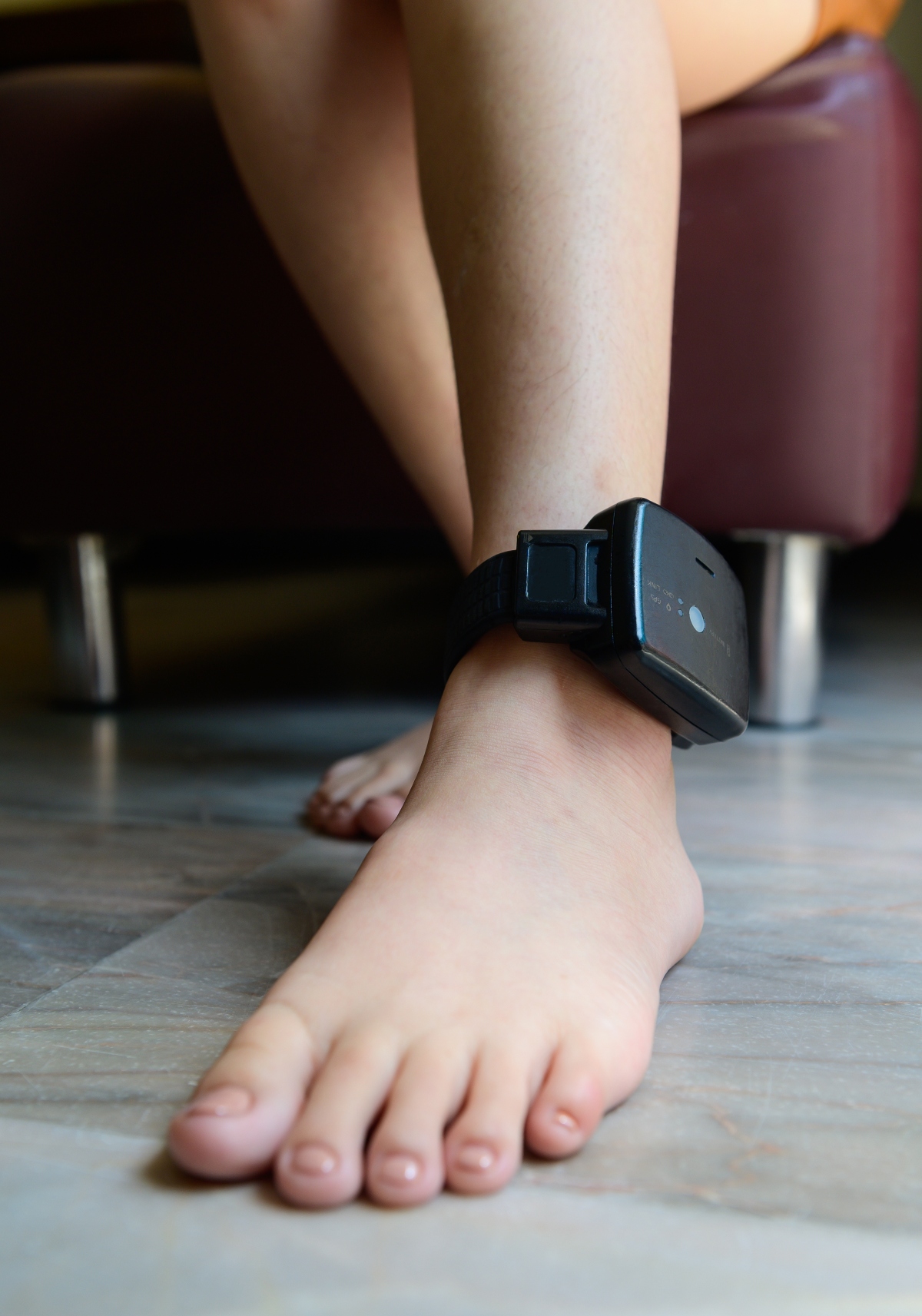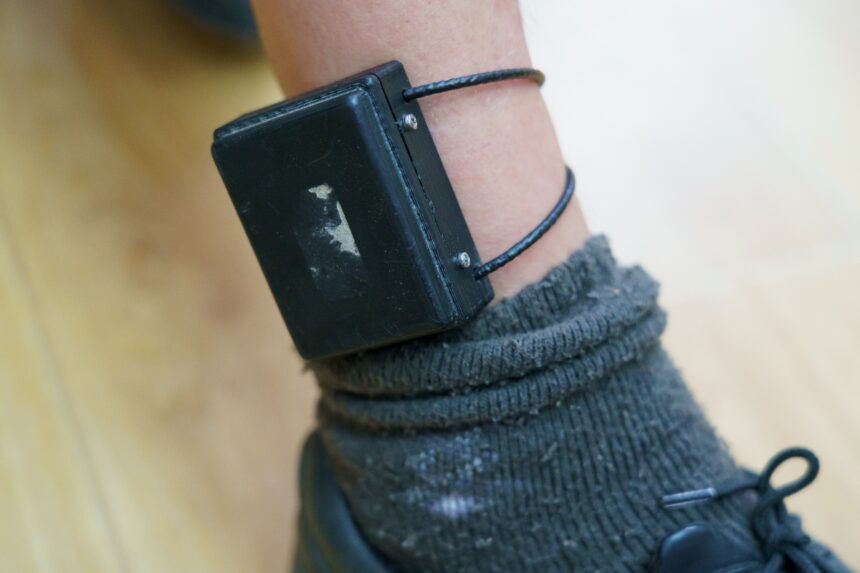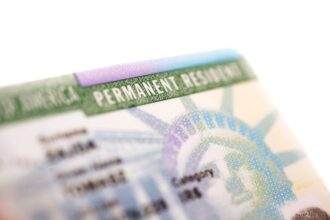As of July 2025, U.S. Immigration and Customs Enforcement (ICE) continues to increase the use of electronic monitoring devices, such as GPS anklets, on immigrants under the Alternatives to Detention (ATD) program. More than 182,000 individuals are currently enrolled in this monitoring system, a number that reflects the government’s growing strategy to monitor those awaiting resolution of their immigration proceedings without the need to physically detain them.
This program has gained traction in recent months due to overcrowded detention centers and changing federal immigration policy priorities. ICE has issued guidelines that, to the extent possible, an electronic anklet should be placed on every immigrant under ATD, with exceptions such as pregnant women or people with medical conditions that preclude its use. In those cases, alternative devices such as bracelets or mobile tracking apps are used.
What is the ATD program?

The Alternatives to Detention program is designed to monitor immigrants who are at liberty during their immigration proceedings.
This includes persons awaiting a court hearing, who must comply with voluntary departure orders, or who are pending a final disposition.
Through electronic tools such as:
Electronic anklets with GPS system,
Smart watch type portable devices, and
Mobile applications with facial recognition and geolocation.
ICE seeks to ensure that immigrants comply with their processing requirements without having to remain in detention centers.
What does wearing an anklet involve?

Although the program avoids physical detention, the use of electronic anklets has generated multiple criticisms.
Various immigrants and human rights defenders have pointed out that these devices cause physical pain, psychological effects and social discrimination.
They also make it difficult to find employment or move around normally.
On top of that, constant monitoring can be perceived as a form of criminalization.
This is despite the fact that most people in ATD do not have serious criminal records.
This program has gained momentum in recent months
QuéOnnda.com
Technology also poses a risk to privacy and personal integrity.
The devices collect biometric and location information in real time.
This has opened an ethical debate about mass surveillance in migratory contexts.
More control, fewer options

Since January 2025, the federal government has tightened its immigration control policies.
Along with the increased use of electronic anklets, measures such as the denial of bail hearings and the extension of expedited removals have been implemented.
As well as the establishment of daily deportation goals.
These actions are part of a stricter approach that seeks to accelerate the departure from the country of persons in an irregular situation.
The increased use of electronic anklets and other tracking systems not only responds to the need to free up space in detention centers, but also to the interest in increasing immigration control without incurring the high economic and legal costs of holding thousands of people in detention.
For more information, visit QuéOnnda.com.























